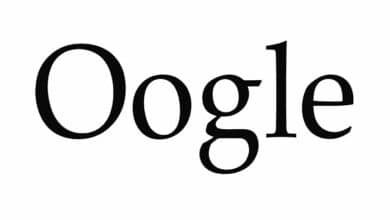The Mystery: Understanding Covariance

Statistics can be a treasure trove of insights, but some concepts can feel shrouded in mystery. Covariance is one such term that pops up frequently, but its meaning might not be immediately clear. Fear not, data explorers! This blog post will unveil the world of covariance, explaining what it is, how it’s calculated, and why it matters.
The Dance: Covariance as a Measure of Movement
Imagine two variables, like plant height and sunlight exposure in a garden. Covariance tells us how these variables move together. If there’s a positive covariance, when sunlight exposure increases, plant height tends to increase as well. Conversely, a negative covariance indicates they move in opposite directions. No clear trend? A covariance of zero suggests little to no relationship between the changes in the variables.
The Formula Unveiled: Calculating the Covariance
The covariance formula might seem intimidating at first glance, but it essentially boils down to averaging the product of the deviations of each variable from its own mean. Think of it as a way to capture how much, on average, the variables deviate from their individual averages in the same direction (positive covariance) or in opposite directions (negative covariance).
The Units Revealed: Covariance Output
Unlike correlation, which expresses the relationship between variables as a value between -1 and 1, covariance is measured in units that depend on the original units of your variables. For instance, if you’re looking at plant height (in centimeters) and sunlight exposure (in hours), the covariance would be in centimeter-hours.
Friend or Foe? When to Use and Not Use Covariance
Covariance is a powerful tool for understanding the direction of the relationship between variables. However, it doesn’t tell you the strength of that relationship. This is where correlation comes in. Correlation takes covariance and standardizes it by considering the variability of each individual variable, giving you a value between -1 and 1 that reflects the strength and direction of the association.
The Basics: Covariance in Action
Covariance has diverse applications across various fields. In finance, it can help assess the risk associated with investing in multiple assets. In biology, it might be used to study how genes interact. By understanding how variables move together, covariance offers valuable insights for researchers and analysts.
Conclusion
Covariance, once a confusing term, can now be a valuable tool in your statistical arsenal. Remember, it reveals how variables move together, with a positive covariance indicating movement in the same direction, a negative covariance suggesting movement in opposite directions, and a value of zero indicating little to no relationship. While covariance itself doesn’t tell the whole story, it paves the way for further analysis using correlation to determine the strength of the association. So, the next time you encounter covariance, remember, it’s not a mystery to be solved, but a key to unlock a deeper understanding of your data!
FAQ
- Q: Is covariance the same as correlation?
A: No, though they are related. Covariance tells you the direction of the relationship (positive, negative, or none), while correlation tells you the strength of that relationship on a scale of -1 to 1.
- Q: How do I calculate covariance by hand?
A: It’s possible, but there are formulas that can be cumbersome. Most statistics software can easily calculate covariance for you.
- Q: When would I use covariance over correlation?
A: Covariance is useful when you want to understand the direction of the relationship and the units of your data matter. Correlation is preferred when you want to assess the strength of the relationship on a standardized scale.




